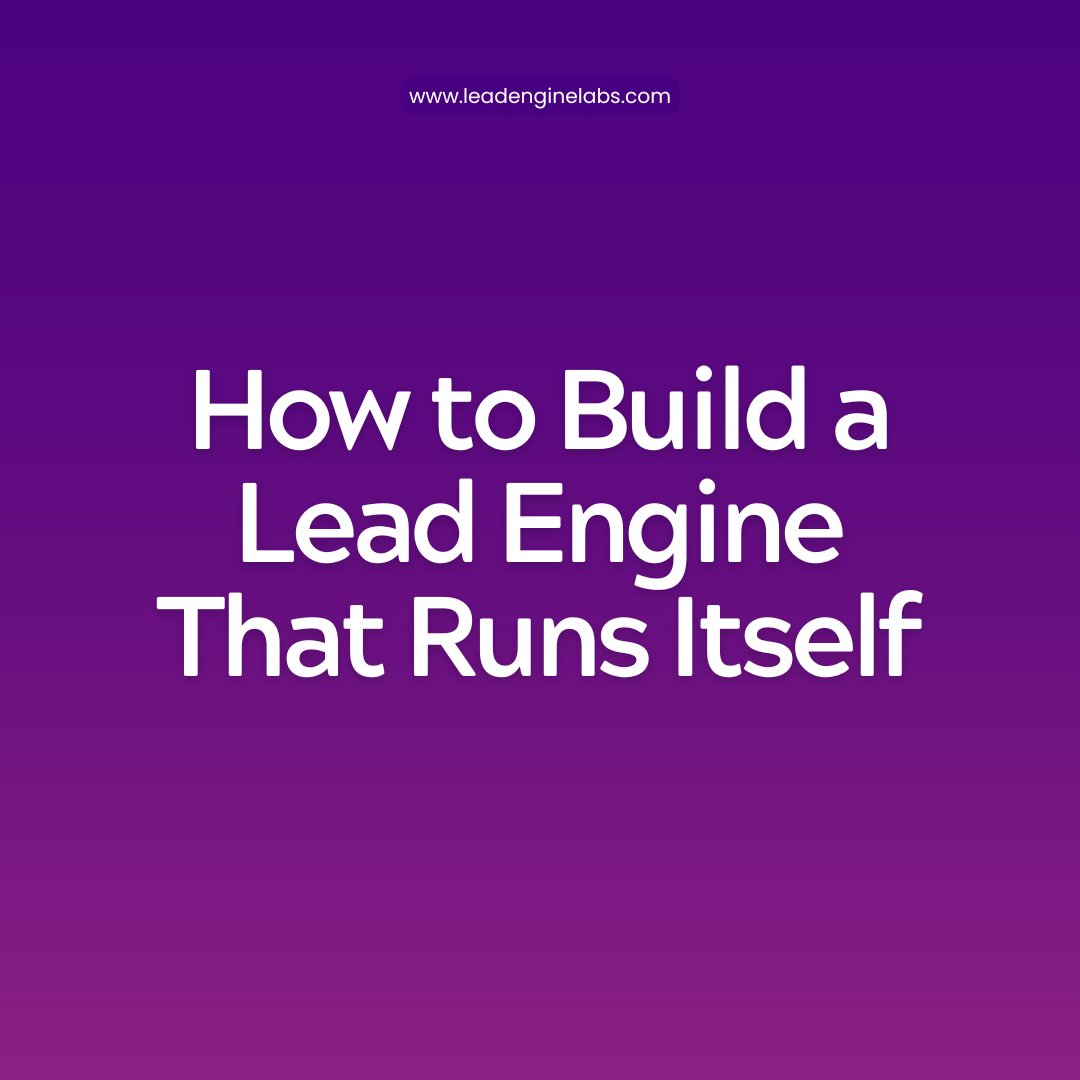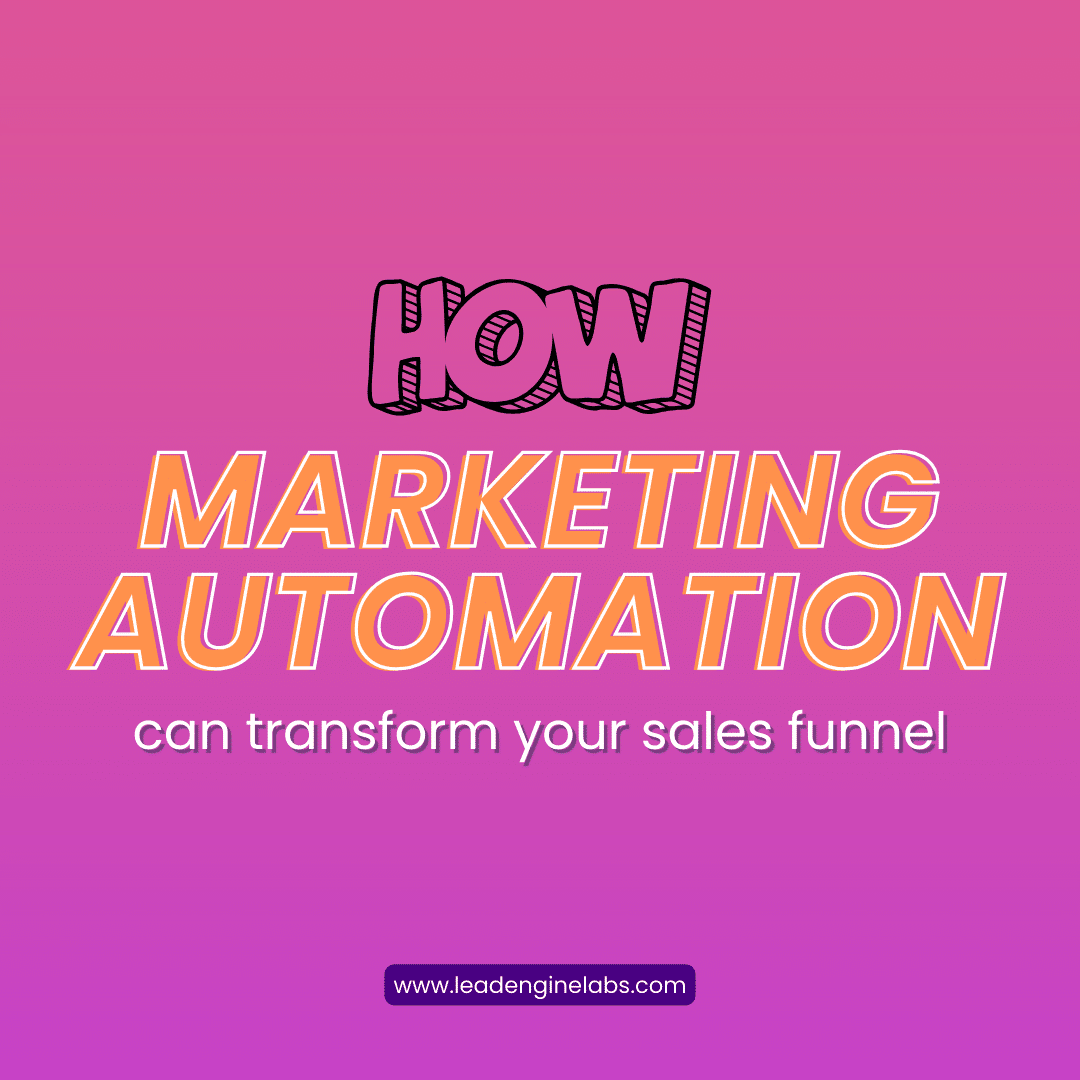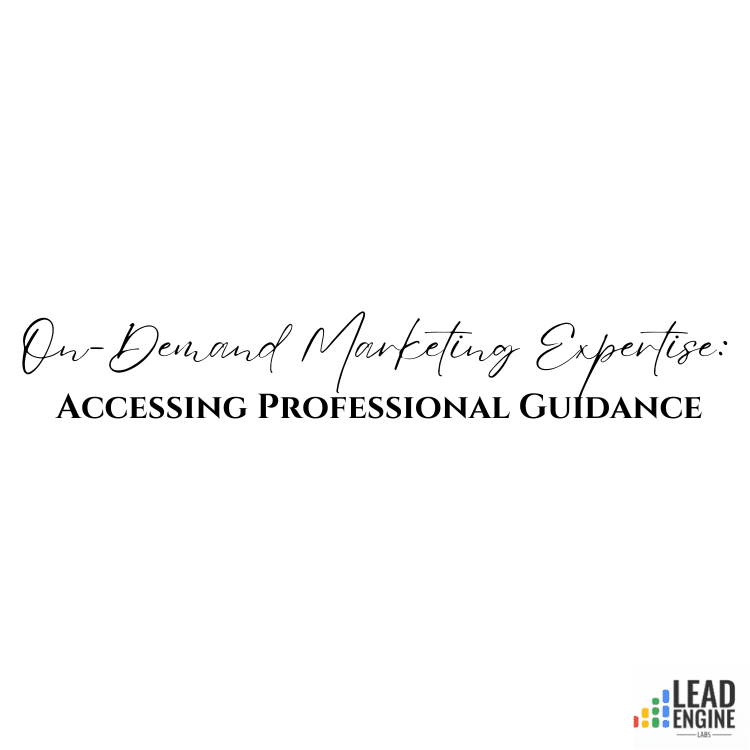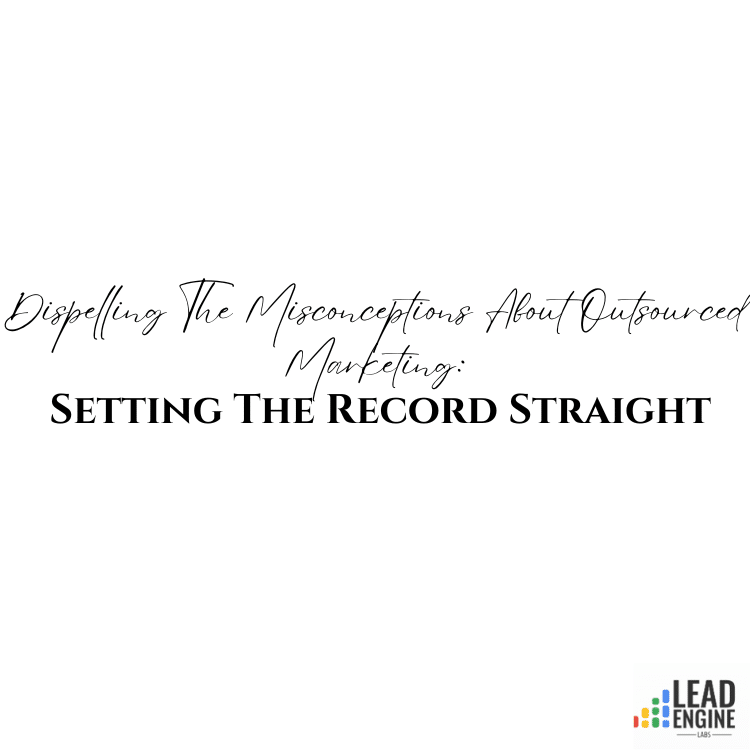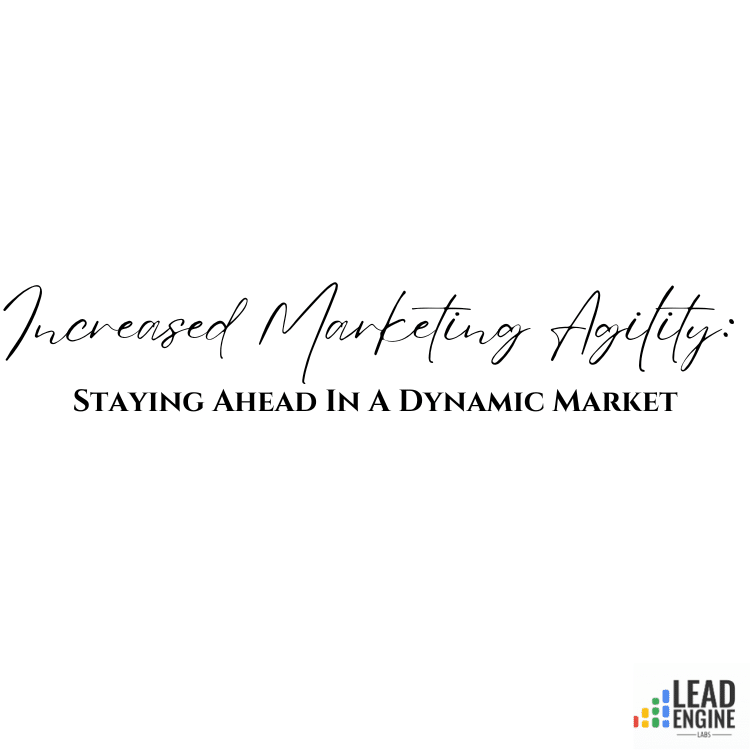Automation has become the backbone of modern B2B lead generation. But as businesses embrace technology, they face a critical challenge—how do you maintain personalization and human connection in an automated process? The truth is, a well-optimized lead engine can run on autopilot and feel like a personalized experience for every lead.
In this guide, we’ll break down how to automate your lead generation funnel while keeping the human touch intact.
Why Automation Matters in B2B Lead Generation
Manual lead generation is time-consuming, inconsistent, and nearly impossible to scale. Automation solves these challenges by:
- Streamlining repetitive tasks (e.g., follow-ups, lead scoring).
- Creating consistent touchpoints for every prospect.
- Allowing sales teams to focus on high-value, qualified leads.
However, automation without strategy often feels robotic, leading to disengaged prospects. The key? Blending technology with thoughtful personalization.
Step 1: Map Out Your Lead Generation Funnel
Before automating, you need a clear understanding of your lead funnel. A typical B2B funnel includes:
- Top of Funnel (TOFU): Attracting leads through content, ads, and awareness campaigns.
- Middle of Funnel (MOFU): Nurturing leads with targeted content and engagement.
- Bottom of Funnel (BOFU): Converting leads into customers through offers, demos, or consultations.
How to Do It:
- Document every stage of your current funnel.
- Identify manual tasks that consume time (e.g., sending follow-up emails).
- Pinpoint where prospects drop off and how automation can keep them engaged.
Step 2: Choose the Right Automation Tools
A great lead engine relies on tools that integrate seamlessly and work in tandem.
Essential Tools for Each Funnel Stage:
- Top of Funnel:
- HubSpot or Mailchimp for email sign-up automation.
- LinkedIn Ads or Google Ads for lead acquisition.
- Tools like Hootsuite or Buffer to automate social media scheduling.
- Middle of Funnel:
- ActiveCampaign or Pardot for behavioral-based email sequences.
- Chatbots (e.g., Drift, Intercom) to engage leads in real-time.
- Lead scoring tools in CRMs like HubSpot or Salesforce to prioritize prospects.
- Bottom of Funnel:
- Calendly for automated meeting scheduling.
- Proposal software like PandaDoc or Proposify for streamlining offers.
- CRM integrations to hand off leads smoothly to sales.
Pro Tip: Choose tools that integrate with your CRM for seamless data tracking and analysis.
Your Business with RiseHub.ai: The Ultimate All-in-One Business Solution
Step 3: Automate Without Losing Personalization
Here’s how to automate each stage of your funnel while keeping it human:
1. Personalized Lead Capture (TOFU)
Even at the awareness stage, automation can feel personal.
- Use dynamic landing pages that address specific pain points based on traffic sources.
- Add personalized “thank you” messages when leads sign up for gated content.
Example: If a lead downloads your eBook on “AI in Sales,” redirect them to a personalized landing page offering a free webinar on AI-driven strategies.
2. Behavior-Based Email Sequences (MOFU)
Generic email blasts don’t cut it anymore. Behavior-based automation ensures leads receive the right message at the right time.
How to Do It:
- Segment leads based on actions (e.g., downloads, website visits).
- Trigger email campaigns tailored to their behavior.
Example Email Sequence:
- Lead downloads a whitepaper.
- Trigger Email 1: “Here’s a bonus resource on [related topic].”
- Lead clicks the link.
- Trigger Email 2: “We thought you might like this free consultation to apply these strategies.”
This automation feels personal because it’s driven by what the lead cares about, not random blasts.
3. Chatbots That Feel Human (MOFU)
Chatbots are often seen as impersonal, but when done right, they can replicate a human-like experience.
How to Do It:
- Use AI-powered chatbots that understand context and intent.
- Program responses that mirror natural, conversational language.
Example: A chatbot on your pricing page can ask:
- “Do you need help finding the right plan?”
- If yes: “Tell me a bit about your business size, and I’ll recommend something!”
This creates a guided, helpful experience without human intervention.
4. Automated Follow-Ups That Feel Thoughtful (BOFU)
At the decision stage, speed matters. Automating follow-ups ensures no lead slips through the cracks.
How to Do It:
- Use automated follow-up emails after demo requests or meetings.
- Add personalized touches like the lead’s name, company, and specific pain points discussed.
Example Email:
“Hi [First Name],
It was great learning about [Company]. I’ve attached a summary of how we can help with [specific challenge]. Let’s reconnect Friday to discuss next steps!”
Step 4: Optimize With Data and Feedback
Automation doesn’t stop after implementation. To keep your lead engine performing, monitor and tweak continuously.
Key Metrics to Track:
- Conversion Rates: How well is each stage converting leads?
- Engagement Rates: Are prospects opening, clicking, and responding to automated emails?
- Response Times: How quickly do leads receive follow-ups?
How to Improve:
- A/B test your subject lines, CTAs, and chatbot responses.
- Gather feedback from sales teams on lead quality.
The Balancing Act: Human + Automation
The ultimate goal of automation is to enhance—not replace—the human touch. Here’s how to balance both:
- Use sales triggers: When automation identifies a high-intent lead, have a human rep step in to build a relationship.
- Combine automated workflows with live support: Offer a “Talk to a Rep” option at critical touchpoints.
- Personalize content wherever possible: Address names, roles, and company-specific challenges in emails and proposals.
Conclusion: A Lead Engine That Works Smarter, Not Harder
Building a lead engine that runs itself is about automating intelligently. By mapping your funnel, choosing the right tools, and keeping personalization at the forefront, you can scale your B2B lead generation without sacrificing human connection.
At Lead Engine Labs, we help businesses implement automated systems that drive leads and build relationships. If you’re ready to turn your lead funnel into a high-performing engine, get in touch with us today.

